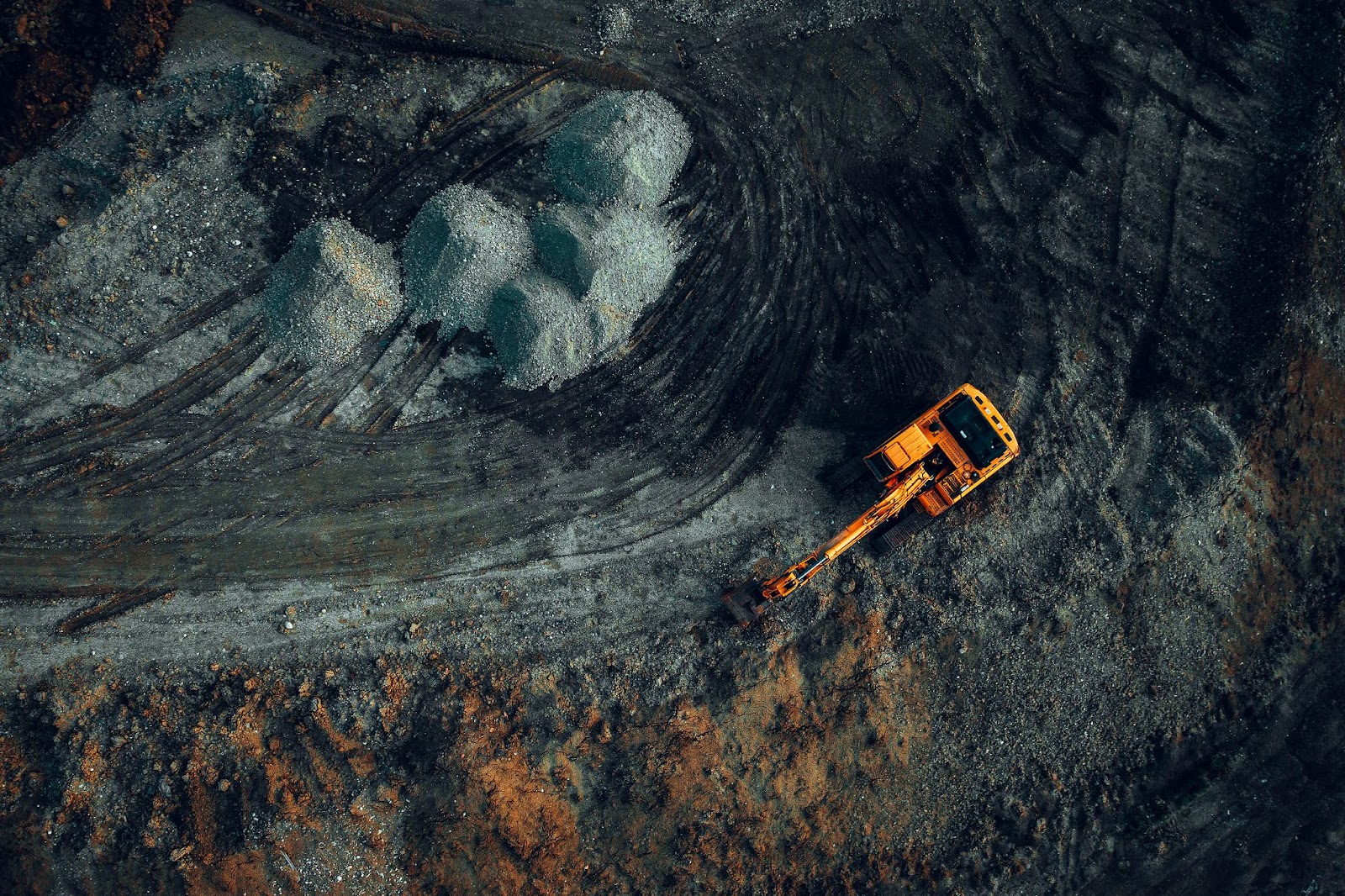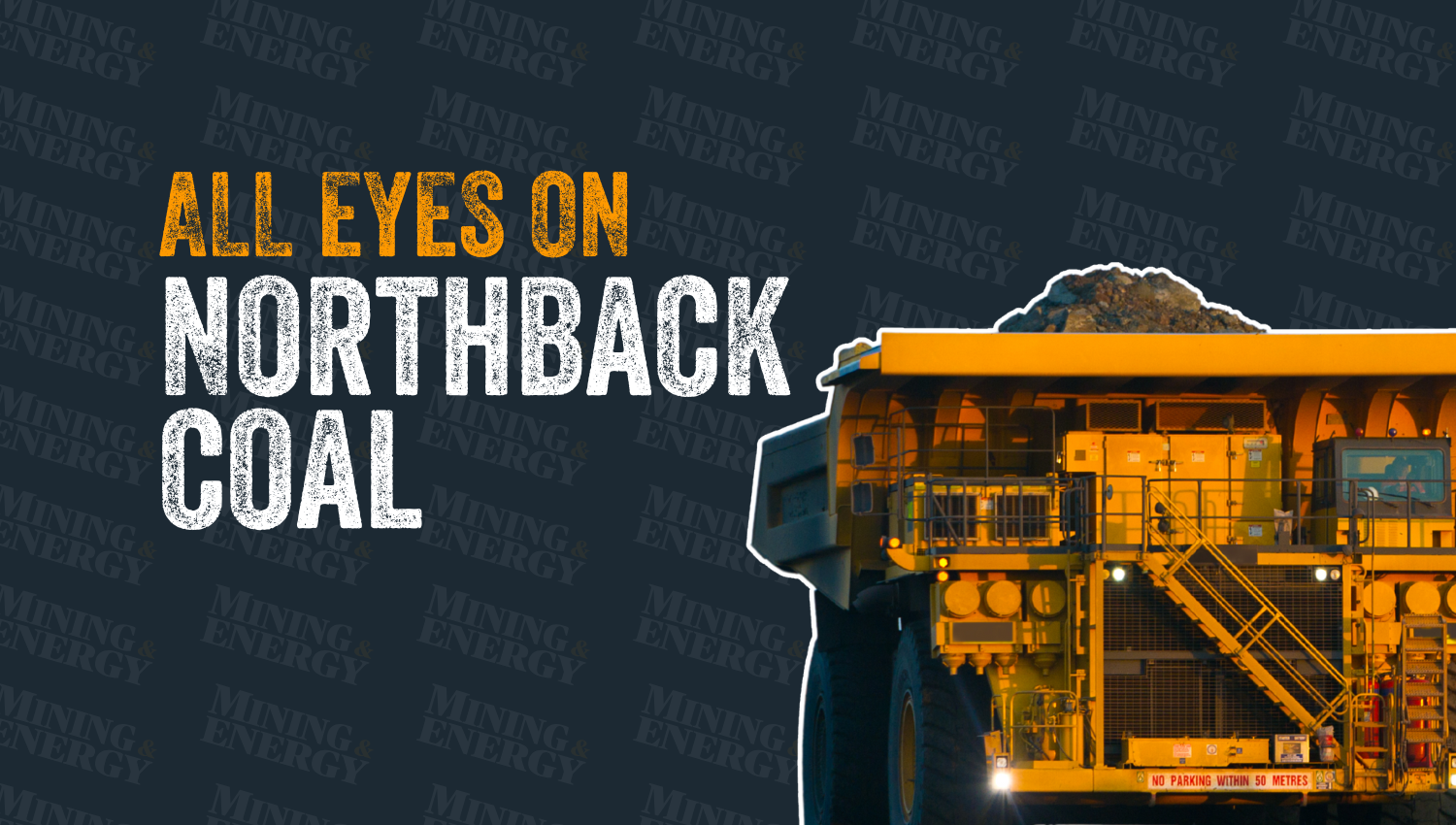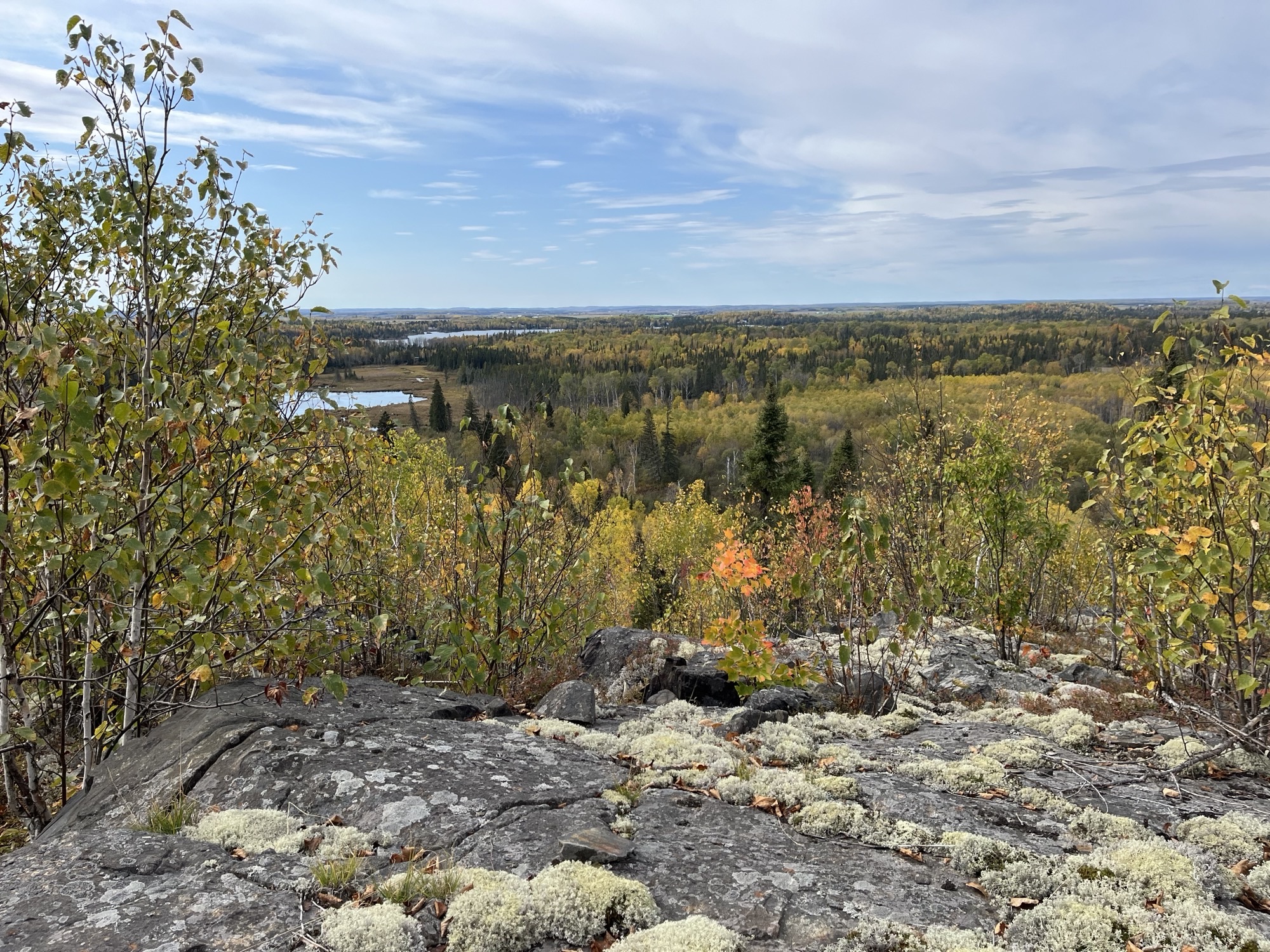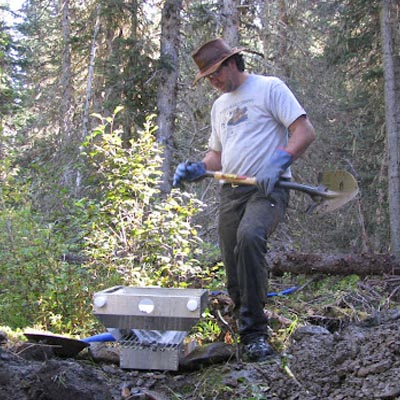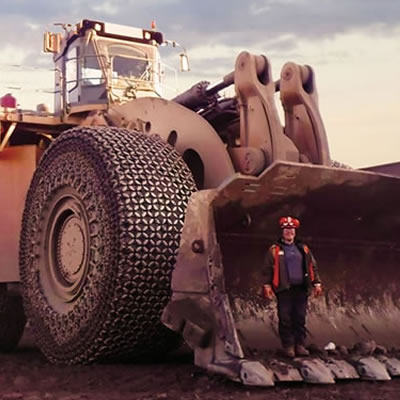Companies pledge to spend $1.2B on Newfoundland offshore oil exploration

Craig Rowe, Director of Exploration, Canada-Newfoundland and Labrador Offshore Petroleum Board — Photo by Craig Rowe Several multinational oil compan
Craig Rowe, Director of Exploration, Canada-Newfoundland and Labrador Offshore Petroleum Board — Photo by Craig Rowe
Several multinational oil companies have committed to spend more than $1.2 billion on exploration rights in a frontier area of offshore Newfoundland.
The amount is the largest ever bid for oil exploration rights in the province.
Up for grabs were 11 parcels in a 2.5 million hectare horseshoe-shaped area around the Flemish Pass basin, which is a deep-water basin in the North Atlantic Ocean 250 nautical miles east of Newfoundland.
The 11 parcels in question surrounded existing exploration licenses in the basin.
According to a recent assessment by the French petroleum consultancy Beicip Franlab, the 11 parcels in the call for bids could produce a total of 12 billion barrels of oil and 113 trillion cubic feet of gas.
Most of those licenses are held by Statoil and minority partner Husky Energy.
Statoil, which has large holdings in the Flemish Pass area, is a joint venture partner in six of the seven bids.
"The successful bids in these frontier areas offshore Canada are in line with Statoil's strategy of deepening our position in prolific basins and securing access at scale," said Statoil's executive vice-president for exploration Tim Dodson in an announcement. "The significant exploration investment offshore Newfoundland will give Statoil an opportunity to further advance our established exploration position in this region through a step-wise approach."
In 2013, Statoil called its Bay du Nord prospect in the Flemish Pass a high impact discovery that could hold up to 600 million barrels of recoverable oil.
According to the Canada-Newfoundland and Labrador Offshore Petroleum Board (C-NLOPB), which regulates the province's offshore, nine companies submitted a total of 13 bids.
Other joint venture partners in the bids include such big names as ExxonMobil, BG International Limited, BP Canada Energy Group ULC, Nexen Energy ULC and Chevron.
Craig Rowe, the director of exploration of C-NLOPB, says the successful bidder in a licensing round is awarded an exploration license, which gives the operator the sole right to drill for hydrocarbons on those lands.
“The total maximum length of an exploration licence is nine years, divided into a six-year Period One and a three-year Period Two,” said Rowe.
The criterion for selecting winning bids is the total amount of money the bidder commits to spend on exploration of the respective parcel during the first six years.
“The C-NLOPB operates a scheduled land tenure system, in which lands are introduced annually [for exploration] in a predicable and controlled manner,” said Rowe. “As a result of the scheduled land tenure implementation, there are annual calls for bid licensing rounds.”
The oil industry is an important part of Newfoundland and Labrador's economy. According to the government, the petroleum industry employed almost 12,000 Newfoundlanders and Labradorians in 2014, and spent $3.4 billion in the province. In recent years, about one-third of the Newfoundland and Labrador treasury's own-source revenues have come from offshore.
In 2014, three major industry players submitted the highest-ever bid for oil exploration rights in the Newfoundland offshore. ExxonMobil Canada Ltd., Suncor Energy Inc. and ConocoPhillips Canada Resources Corp. offered $559 million for a single 266,139-hectare parcel located southwest of Statoil's exploration licences in the Flemish Pass basin. That bid was made during a period of much higher oil prices than those that prevail today.
Through Crown-owned Nalcor Energy, Newfoundland has spent tens of millions of dollars on sparking petroleum industry interest in the potential of frontier areas off Newfoundland and Labrador.
Between 2010 and mid-2015, Nalcor and the provincial government spent $43.6 million on offshore exploration programs.
Rowe says there are currently three operators producing in offshore Newfoundland: ExxonMobil (Hibernia Field); Husky (Whiterose/North Amethyst Fields); and Suncor (Terra Nova Field). The Hebron Field, which is also operated by ExxonMobil, is expected to start production in 2017.
Offshore production of oil in 2014 totaled almost 79 million barrels. Production to the end of October 2015 was a little over 50 million barrels.
What is the Canada-Newfoundland and Labrador Offshore Petroleum Board (C-NLOPB)?
The C-NLOPB was created in 1986 to regulate the oil and gas industry in offshore Newfoundland and Labrador. The Board operates at arm’s length from governments and reports to both the Federal and Provincial Ministers of Natural Resources. Decisions of the Board are referred to government, which can approve or reject them.
The C-NLOPB has four regulatory mandates: Safety, environmental protection, resource management and industrial benefits.
The Board regulates exploration licenses, significant discovery licenses, and production licenses covering an area of about two-thirds of the size of the island portion of the Province of Newfoundland and Labrador.
The C-NLOPB was created in 1986 to regulate the oil and gas industry in offshore Newfoundland and Labrador. The Board operates at arm’s length from governments and reports to both the Federal and Provincial Ministers of Natural Resources. Decisions of the Board are referred to government, which can approve or reject them.
The C-NLOPB has four regulatory mandates: Safety, environmental protection, resource management and industrial benefits.
The Board regulates exploration licenses, significant discovery licenses, and production licenses covering an area of about two-thirds of the size of the island portion of the Province of Newfoundland and Labrador.
